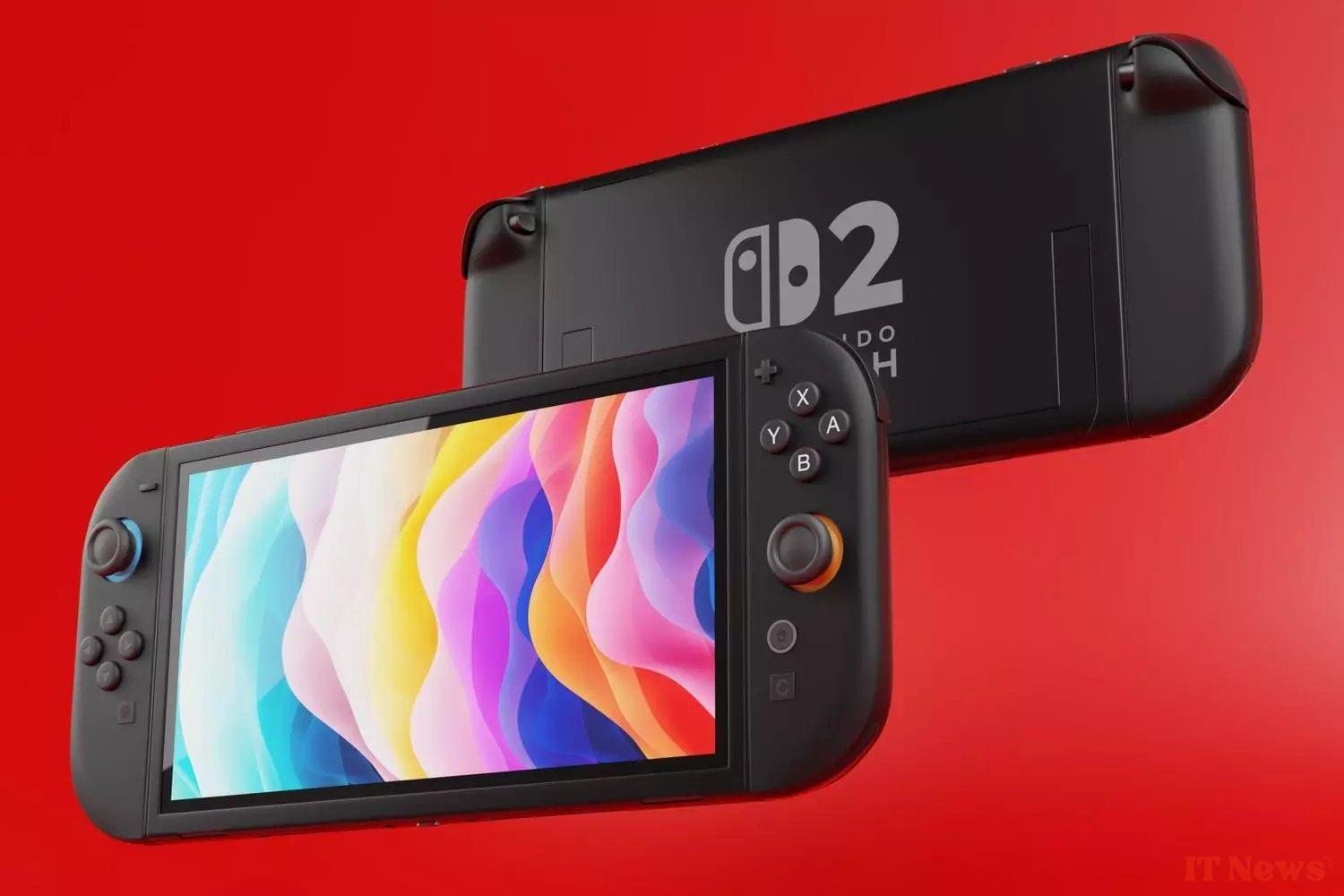The massive Nintendo Direct for the Nintendo Switch 2 showcased many of the console's features. GameChat, a built-in microphone with ambient noise reduction, Joy-Con 2s that work like mice, and most importantly, a machine capable of displaying games at up to 120 FPS in 4K, at least when docked, all with a 7.9-inch LCD screen that supports HDR. But this presentation overlooked several very popular technologies that are supposedly present under the hood of the beast. Conversely, it was NVIDIA who confirmed their existence, but with results that did not always meet expectations.
The Nintendo Switch 2 is technically getting up to date technologically
Keeping a close eye on the Nintendo Switch 2, it is finally the opportunity to make significant improvements over the aging hardware of its big sister. The console, coming on June 5, will finally be able to reach the sacrosanct 60 FPS, or even 120 FPS, on most games while portable (but in 1080p), and will push things even further when docked, up to 4K. Numerous leaks ahead of the Nintendo Switch 2 presentation suggested that this would be made possible by an NVIDIA chip supporting Ray Tracing and DLSS, the upscaling technology exclusive to the chameleon brand.
However, it was NVIDIA who was responsible for confirming all this and explaining how everything would work on Nintendo Switch 2, in the absence of concrete information during the Nintendo Direct dedicated to it. The chameleon brand presents it to us in these terms:
" With 10 times the graphics performance of the Nintendo Switch, the Nintendo Switch 2 offers smoother gameplay and sharper visuals.
- Tensor Cores optimize AI-powered graphics while controlling power consumption with DLSS.
- Ray Tracing Cores enhance game realism with dynamic lighting and natural reflections.
- Variable refresh rate via NVIDIA G-SYNC in portable mode ensures ultra-smooth, tear-free gameplay."
NVIDIA
A reality that is visibly less pleasing than expected
On paper, the presence of DLSS is a breath of fresh air for the Nintendo Switch 2, allowing it to benefit from better performance. Similarly, Ray Tracing allows it to graphically match the current generation of consoles. However, its portable aspect means that concessions have inevitably had to be made, particularly to offer a console at an "accessible" price, although the price of 470 euros is already causing a lot of ink to flow.
Especially since, as we were able to note in our own hands-on with the Nintendo Switch 2, it is already struggling to perfectly run games that will be available at launch or shortly after. For example, Cyberpunk 2077, which, like the PS4 and Xbox One at its release, and even some PCs, still mishandles the console in portable mode. The result is more correct in docked mode. Except that, even in performance mode, the title struggles with a stable frame rate of 40 fps. Similarly, Elden Ring also seems to have a little trouble adapting to the Nintendo Switch 2, as we saw in the announcement trailer for its port.
So, despite the presence of these more than welcome technologies, the Nintendo Switch 2 risks, like its big sister, eventually displaying a technological gap. That being said, the AI used by DLSS is by nature scalable. It may therefore allow the console to hold its own in the long term. Time will tell.
Source: NVIDIA



0 Comments